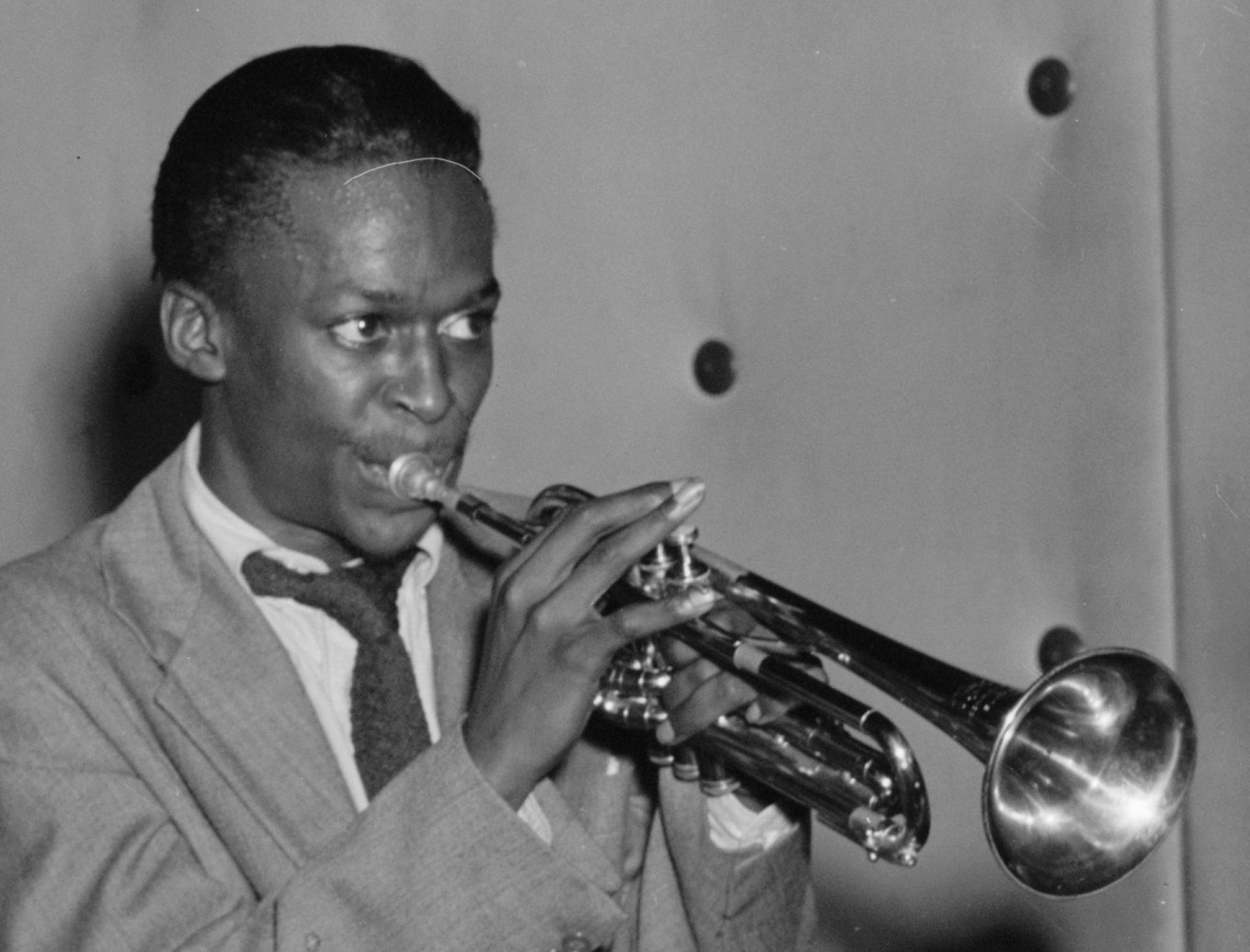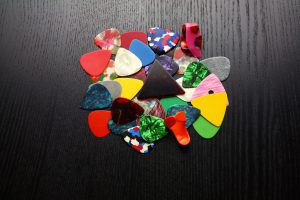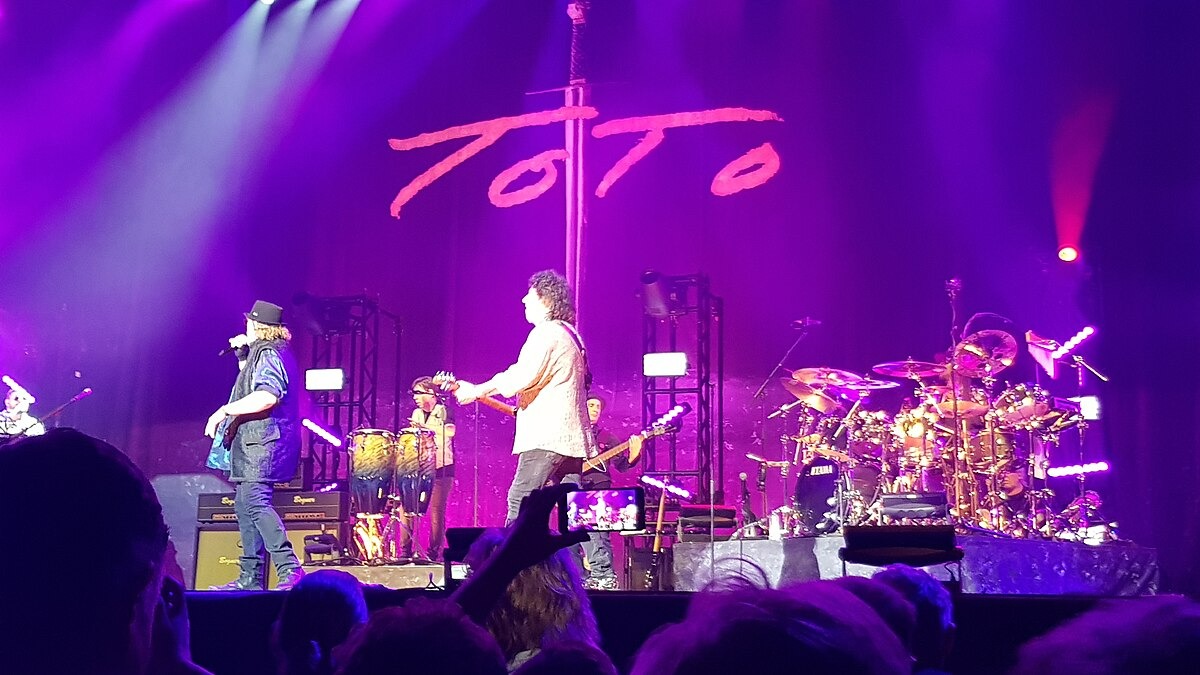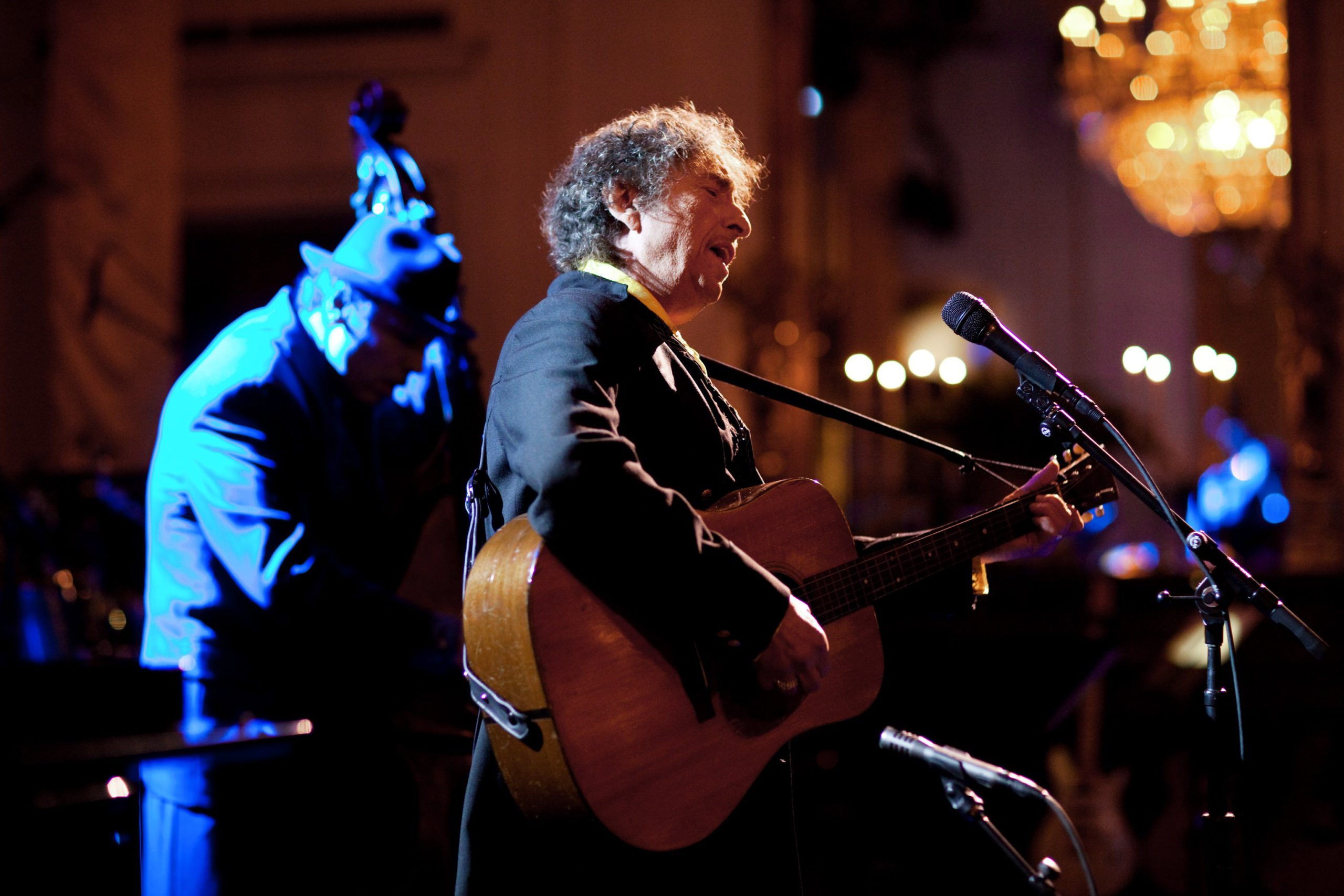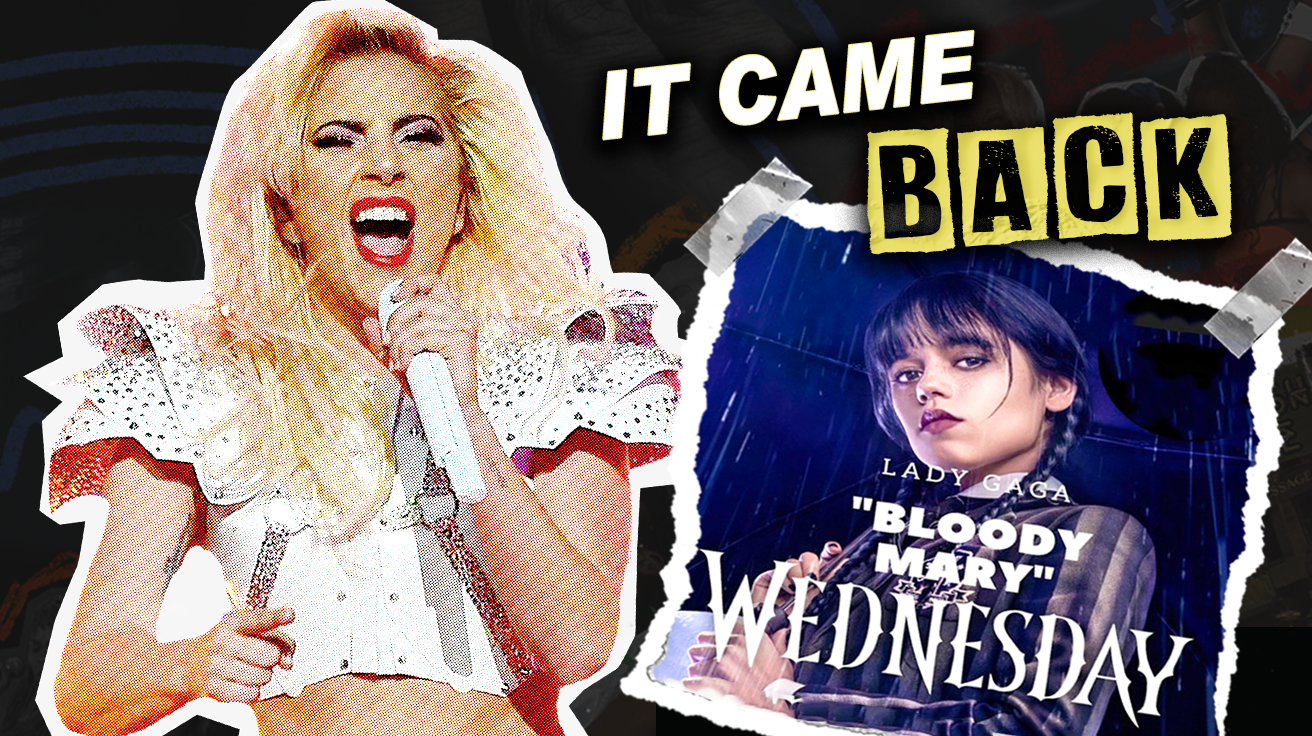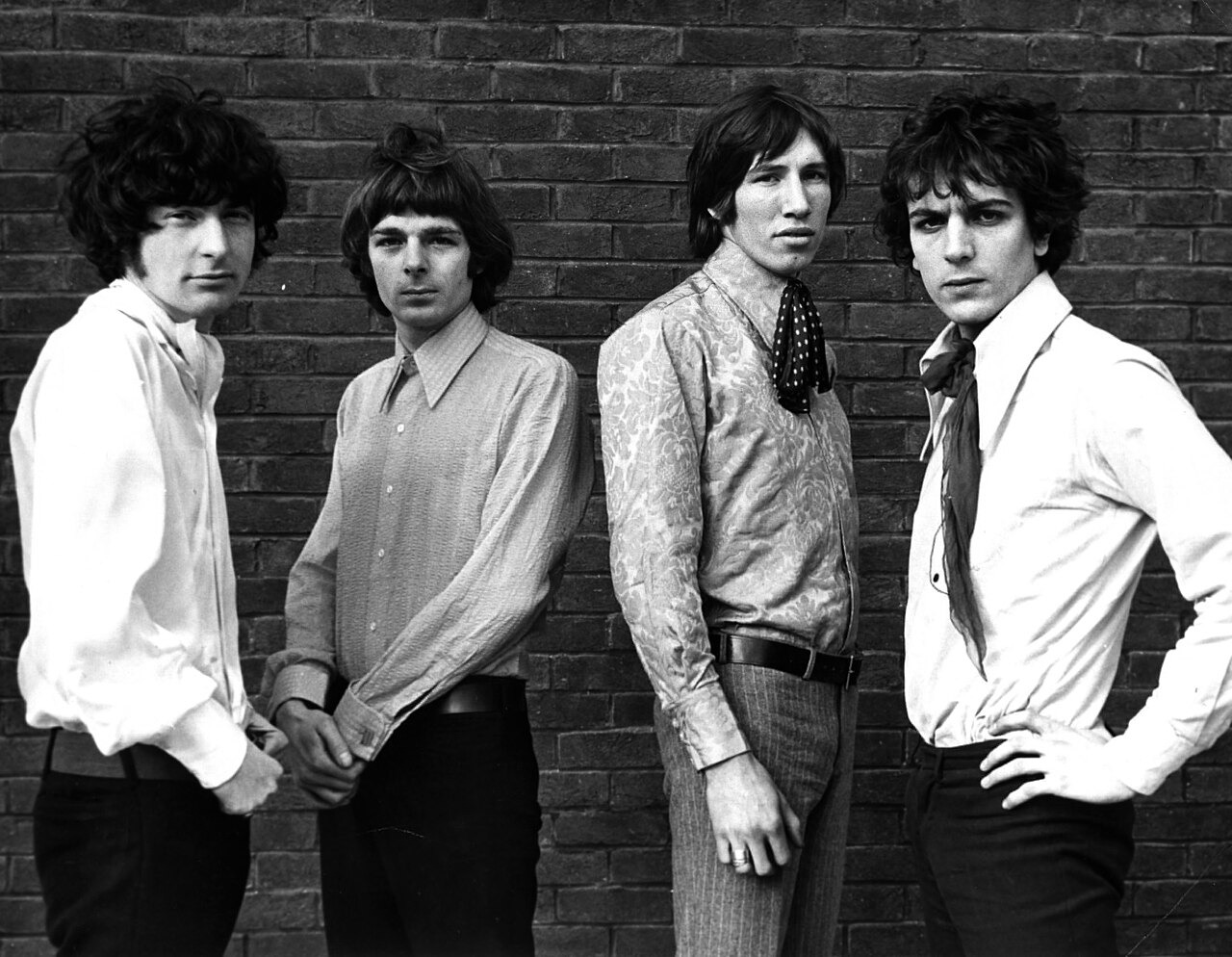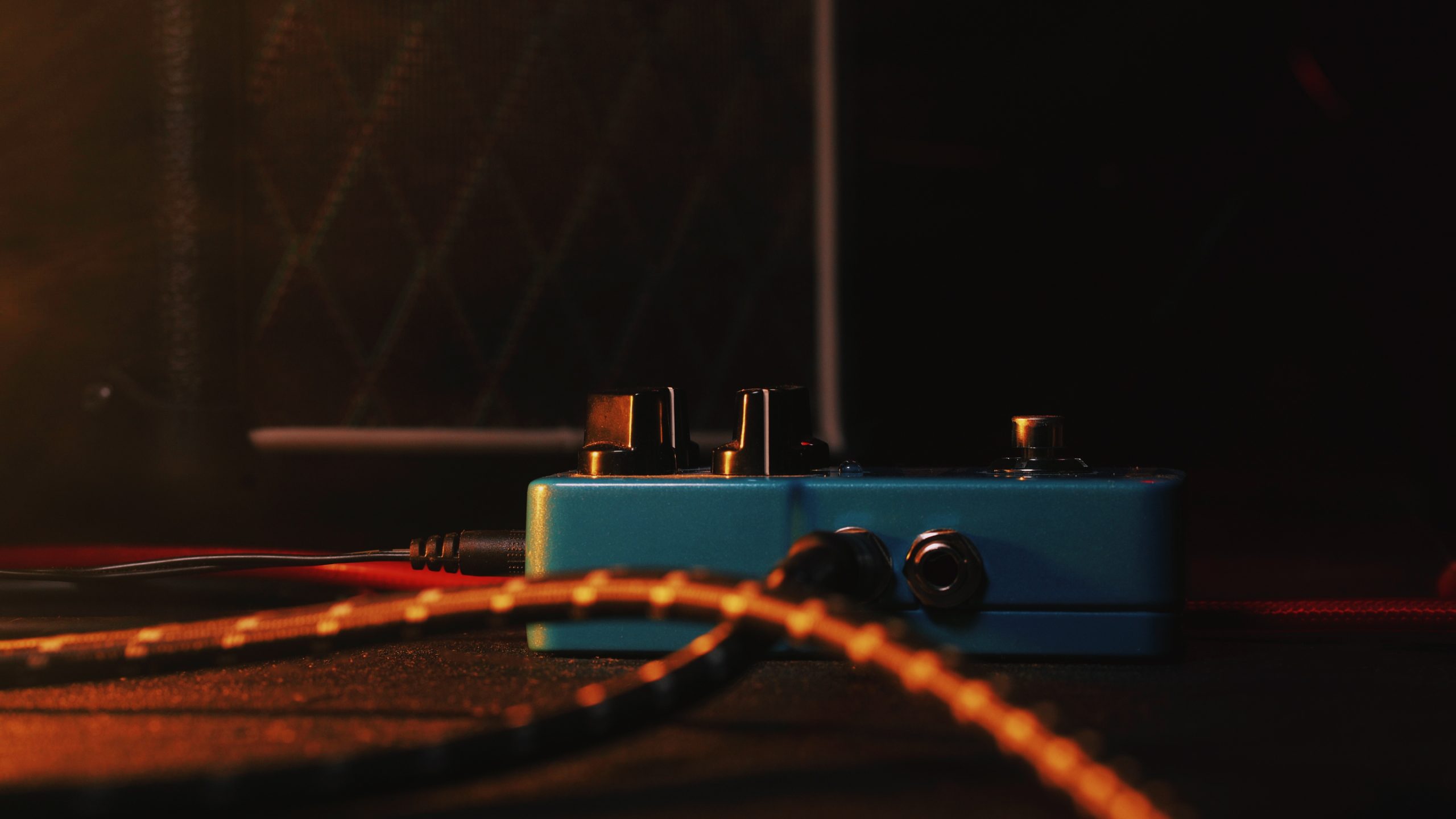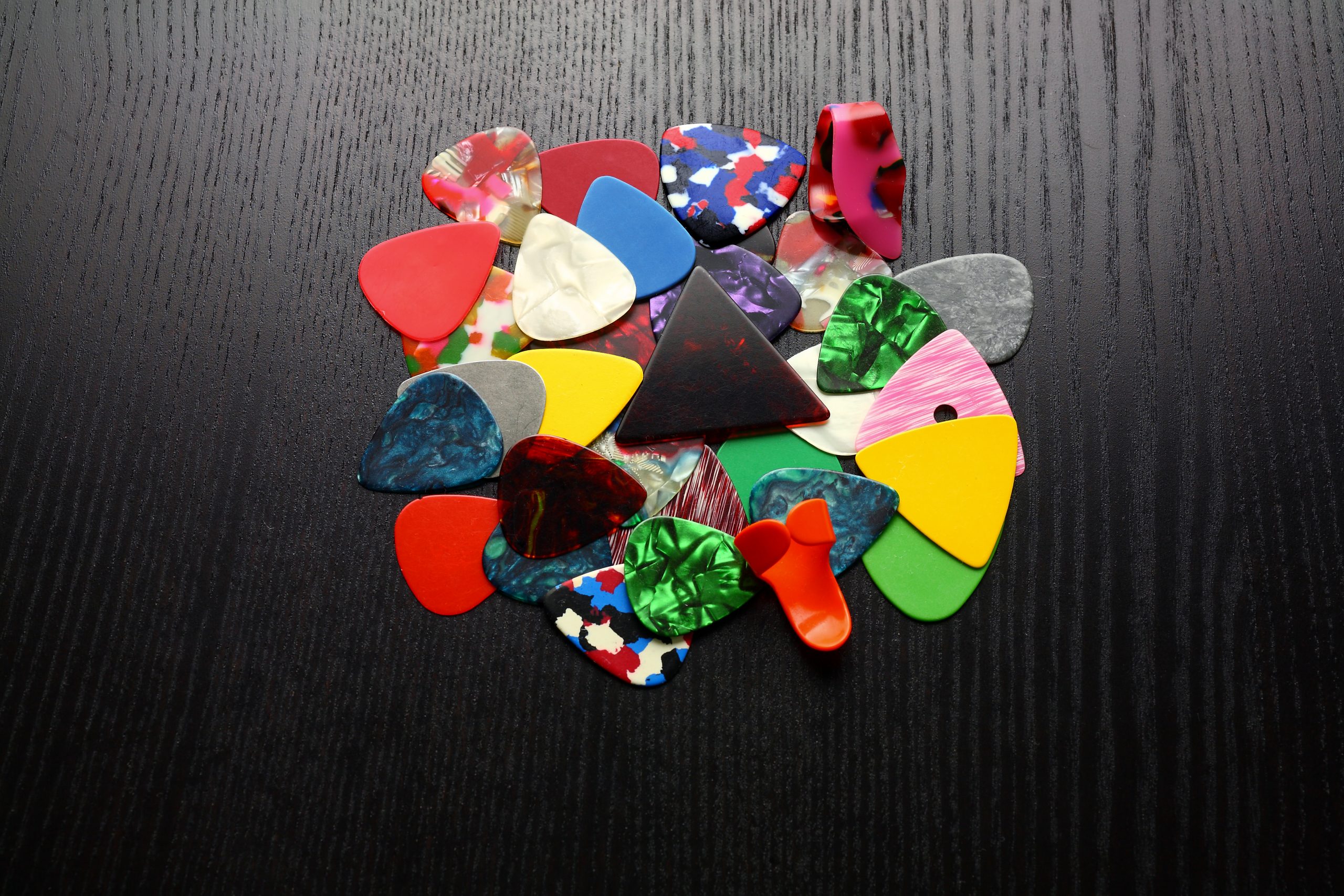The vinyl revival has brought countless classics back to turntables, but some holy grails remained locked away. Miles Davis’ “Complete Live at the Plugged Nickel 1965” — seven hours of his Second Great Quintet pushing jazz into uncharted territory — finally returns January 30, 2026.
After nearly three decades out of print, this reissue coincides with Davis’ centennial celebrations, offering both 10LP and 8CD formats for collectors who’ve been hunting bootlegs and overpaying on Discogs.
The Night Jazz Broke Its Own Rules
December 1965 sessions captured experimental “anti-music” that redefined improvisation.
These December 22-23, 1965 recordings at Chicago’s Plugged Nickel captured lightning in a bottle. Fresh off hip surgery recovery, Davis led Wayne Shorter, Herbie Hancock, Ron Carter, and Tony Williams through four sets that deliberately subverted expectations.
Tony Williams had proposed playing “anti-music” — intentionally destabilizing familiar structures to create something entirely new. The result was controlled chaos that influenced generations of musicians while documenting jazz’s most adventurous quintet at their experimental peak.
Premium Packaging for Historic Sessions
Ten individual LP jackets and expanded liner notes treat these recordings with deserved reverence.
The 10LP edition showcases proper archival treatment with individual jackets for each record plus a 40-page booklet featuring new liner notes by Syd Schwartz. This isn’t just reissue packaging — it’s jazz scholarship in physical form.
The 8CD alternative offers the same sonic content in different format, but vinyl collectors know these sessions deserve the full analog treatment. Both versions restore music that’s been circulating in inferior bootleg quality for decades.
Why These Sessions Still Matter
Improvisational techniques from 1965 continue shaping modern jazz innovation.
These recordings document the moment small-group jazz shattered its own conventions. Listeners will encounter familiar standards deconstructed and rebuilt in real-time, with each musician responding to unpredictable shifts in tempo, harmony, and rhythm.
The quintet’s willingness to risk failure created breakthrough moments that still sound radical today. This isn’t historical curiosity — it’s active music-making that demonstrates why Davis remained ahead of every trend he helped create.
This reissue preserves jazz history while proving some experiments become timeless. For collectors and newcomers alike, these sessions reveal what happens when musical genius meets fearless creativity.


